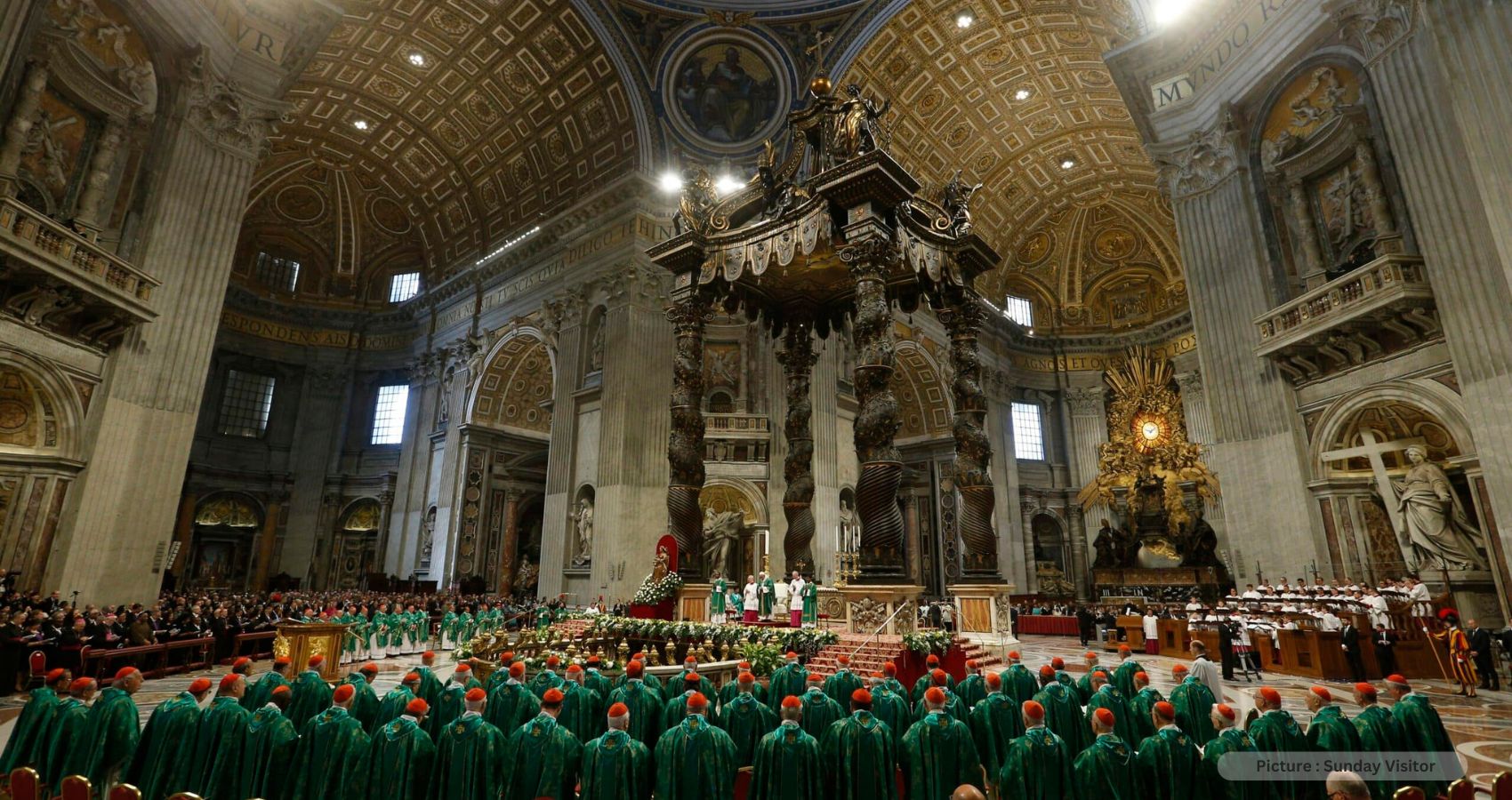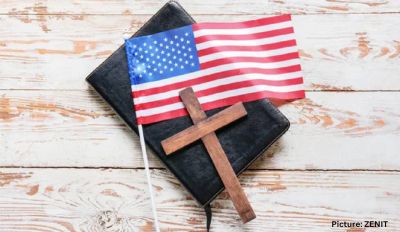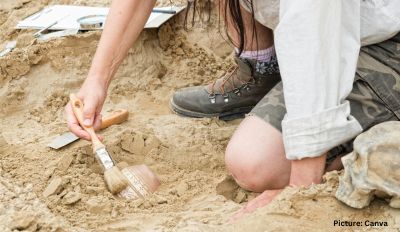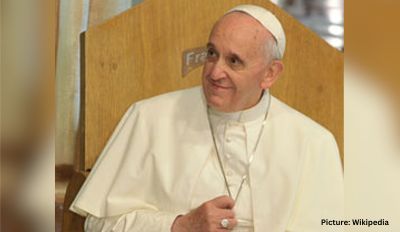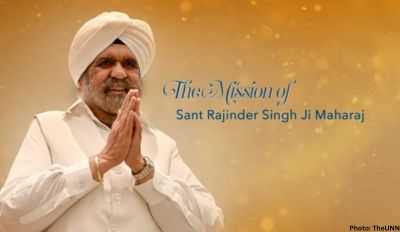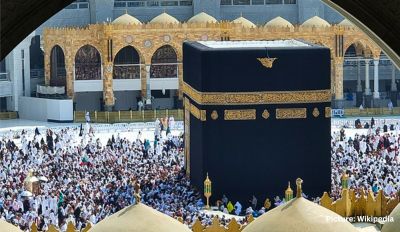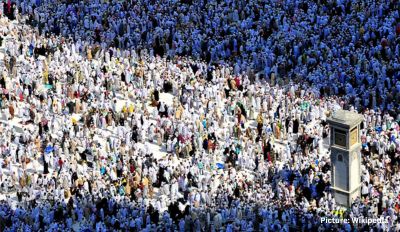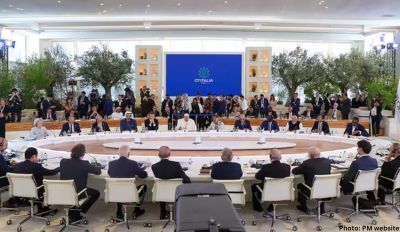The Vatican is set to host a significant ecclesiastical event from October 4th to 29th, bringing together Catholic clergy and laypeople from around the world. This assembly, known as a synod, serves as a platform for discussions on the concept of synodality, with a particular focus on the themes of communion, participation, and mission within the Church.
While some might perceive this event as merely a gathering to discuss gatherings, the term “synodality” has taken on a broader meaning under the leadership of Pope Francis, reflecting his vision for dialogue and decision-making within the Catholic Church.
Addressing concerns about the perceived complexity and insularity of the event, Pope Francis acknowledged, “I am well aware that speaking of a ‘Synod on Synodality’ may seem something abstruse, self-referential, excessively technical, and of little interest to the general public.”
This synod will bring together a diverse group of 464 participants, including Catholic clergy, laypeople, and women, to engage in discussions on pressing issues confronting the Church, ranging from sexual abuse and LGBTQ inclusion to the ordination of women. Pope Francis emphasized the significance of this gathering, stating, “It is something truly important for the church.”
Understanding the Synod on Synodality
The Synod on Synodality is the culmination of a two-year process that commenced in September 2021 when the Vatican released a preparatory document and guidelines for preparing for the synod. Catholic communities worldwide then convened in their parishes to deliberate on the questions posed by the synod. The outcomes of these local conversations were subsequently relayed to their respective bishops’ conferences.
After thorough discussions and debates among bishops, their conclusions were forwarded to the Vatican. In September 2022, a group of approximately 30 experts, theologians, and pastoral workers convened in Frascati, near Rome, to craft a guiding document for the next phase, titled “Enlarge the Space of your Tent.” This document was dispatched to Continental Assemblies, comprising groups of bishops divided by continents. Additionally, Eastern churches and Catholic advocacy groups offered their perspectives on the synodal topics.
The outcomes of these continental discussions were once again communicated to the Vatican. The synod office then produced another document, “Instrumentum Laboris 2,” which will shape the discussions at the forthcoming synod.
Key Dates and Events
The synod’s official activities will commence with a consistory on September 30th, during which 21 new cardinals will be appointed. This will be followed by an ecumenical vigil in St. Peter’s Square. Subsequently, synod participants will embark on a spiritual retreat in the town of Sacrofano, where they will have the opportunity to interact and converse with one another until the eve of the synod on October 3rd.
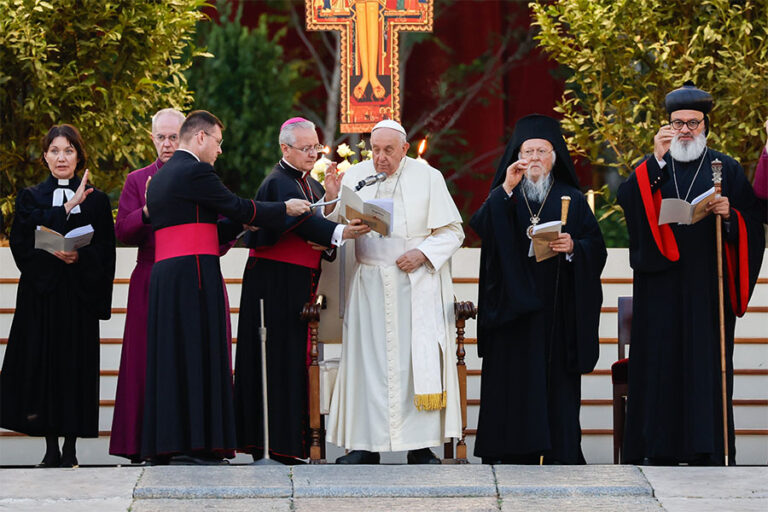
On October 4th, Pope Francis will preside over the inauguration Mass for the synod. In an announcement made in April, the Vatican revealed that the synod will be extended, with participants reconvening for a second session in the fall of 2024.
Throughout the month-long synod, various significant gatherings and events are scheduled, including Masses, pilgrimages, retreats, and a prayer session for migrants and refugees on October 19th. On October 25th, attendees will gather in the Vatican gardens to recite the rosary.
Location of the Synod
In a departure from tradition, the synod will be hosted at the larger Pope Paul VI Hall, which can accommodate over 6,000 individuals. This choice reflects the growing number of participants attending the synod.
Notably, representatives from Eastern churches and high-ranking members of the Roman Curia will also be in attendance. Pope Francis personally selected 120 delegates. To foster a synodal atmosphere and encourage what the “Instrumentum Laboris” describes as “conversations in the spirit,” there will be spiritual assistants, 28 theologians, and 34 facilitators. While the spiritual assistants will participate in the retreat alongside synod attendees, the facilitators and theologians will remain in Rome to prepare for the summit. These theologians and facilitators will be encouraged to document their reflections and observations during the synod proceedings.
Remarkably, two bishops from China will participate, having received approval from Beijing authorities and the Vatican’s endorsement. This marks the second time that Chinese bishops have been permitted to attend a synod, with the first instance occurring during the synod on young people in 2018. It’s worth noting that the Vatican and China lack formal diplomatic relations, although they recently renewed an agreement regarding the appointment of bishops.
Participants in the synod were selected by their respective bishops’ conferences, with guidance from the Vatican, which recommended the inclusion of laypeople and, notably, women. However, it’s important to note that there are participants, such as U.S. Cardinal Raymond Burke, who dissent from the synod itself, with Burke having referred to it as a “Pandora’s box.” Additionally, the synod will host several German attendees who support the Synodal Way, a consultative process involving bishops and lay Catholics in Germany that unfolded between 2019 and 2023 and proposed progressive positions on issues related to sexuality and the inclusion of women.
The upcoming synod, a significant event in the Catholic Church’s calendar, aims to revolutionize the way synodality is put into practice. Traditionally, synods involved lengthy speeches by a panel of speakers, often criticized for their predetermined outcomes. Pope Francis has hinted at this issue in past synods led by his predecessors.
In this unique synod, participants will present their views briefly, followed by a moment of silent reflection and prayer. The event is structured into five modules: Synodality, Communion, Participation, Mission, and a final assembly for voting. Following the general assembly’s public speeches and testimonies, attendees will be divided into language groups such as English, Italian, French, Spanish, and Portuguese.
These working groups, known as “circoli minori,” will delve into the topics in detail, commencing their discussions with a prayer for guidance from the Holy Spirit. Theologians and facilitators will only participate in plenary sessions, not within the working groups. Summaries of the discussions generated by the smaller groups will be forwarded to the Secretariat of the Synod office, led by Cardinal Mario Grech. This office will compile all the information and provide a digital copy to the theologians who attended the synod. These theologians will be responsible for crafting a final synthesis, which will be submitted for a vote during the plenary assembly.
Rev. Orm Rush, a professor at Australian Catholic University and a member of the theological commission on the synod, likened the process to the unfolding of a mystery novel. Interestingly, the Vatican has opted to keep the conversations at the synod confidential. While the opening session will be livestreamed to the public, the subsequent plenary sessions and discussions within the circoli minori will be conducted behind closed doors. Journalists covering the synod will rely on occasional briefings from the Vatican’s communication department.
This decision, according to Rush, is not intended to exclude journalists but rather to create an environment where participants can engage without the distractions of external influences and animosity. The aim is to foster a spirit of constructive dialogue.
The Significance of the Synod
The organizers of the synod acknowledge that predicting the outcomes of the discussions is impossible, as they assert that the process will be guided by the Holy Spirit. However, the path leading to the event offers insights into the expectations of participants and observers.
At the parish level, synodal discussions highlighted the need for reflection on the role of women in the church, the inclusion of gay and lesbian Catholics, and the possibility of a married priesthood. These concerns resonate not only in Western churches but also among faithful in parishes worldwide, who grapple with aligning these issues with their beliefs.
Synod organizers have affirmed that these concerns will be central to the discussions, with the “Instrumentum Laboris” containing questions addressing them. The synod also provides an opportunity to reconsider decision-making processes within the church’s hierarchy, emphasizing the importance of bishops collaborating with parish councils, assuming responsibility for their dioceses, and ensuring accountability in cases of sexual abuse.
Although the Vatican has yet to confirm the production of an official synod document, it is likely that participants will vote on such a document emerging from their conversations. This document will probably be sent back to the local church level for further discussion and potential amendments before the 2024 summit.
It’s important to note that changes in doctrine and morality are not on the table, according to Vatican officials. However, reshaping decision-making processes and power structures within the historically hierarchical institution could pave the way for future changes in these areas.

